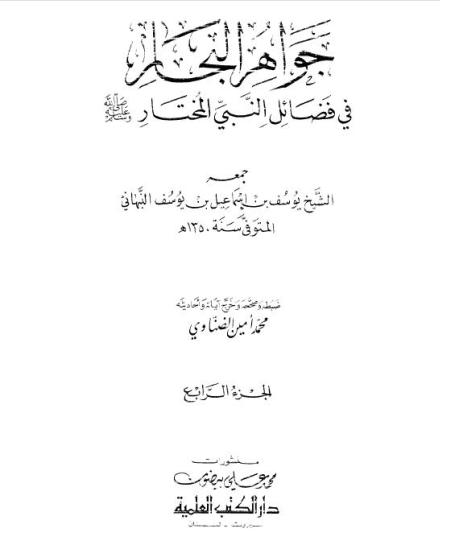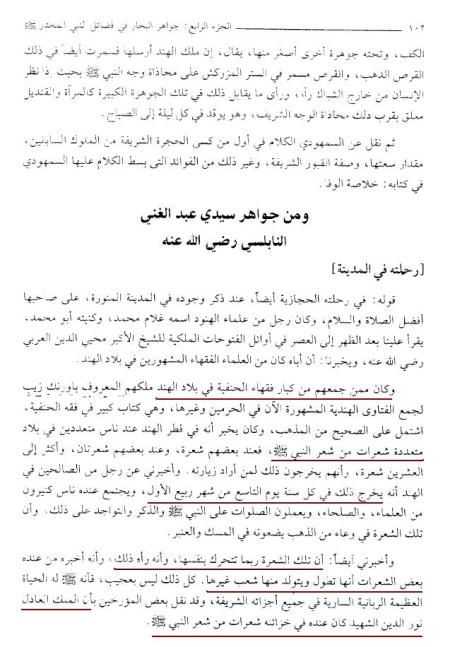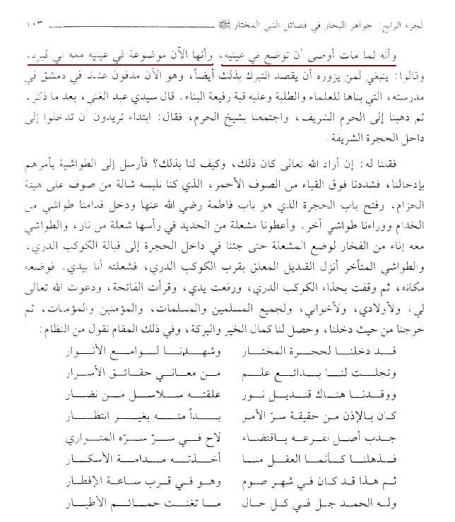
Sacred hair of Rasoolullah (صلى الله عليه و سلم) with certificate of authenticity is being handed over to Shaikh Aboobacker Ahmad
The document of authenticity relating to the sacred hair is being signed by Shaikh Aboobacker Ahmad
It is quiet sensational! Words can’t express the feelings if one is given possession authority of sacred hair of Rasoolullah(صلى الله عليه و سلم), verily Allah’s beloved. The emotion is paramount if one loves Rasoolullah (صلى الله عليه و سلم) and he is offered to keep the sacred traces with full authority.
The sacred hair handing over event held during Markaz Conference was really emotional. Shaikh Ahmad Al Khazraji, Abu Dhabi, UAE handed over one hair of Rasoolullah (صلى الله عليه و سلم) to renowned Indian Scholar Shaikh Aboobacker Ahmad during the conference with a massive crowd watching virtually breathless with tears in their eyes. The event was telecasted live over internet allowing many to witness glimpse of it round the world.
The Sacred Hair was handed over after reading names of greats who inherited it starting from era of Rasoolullah (صلى الله عليه و سلم) till date. Rasoolullah (صلى الله عليه و سلم) during his Hajj pilgrimage (الحجة الوداع) had distributed his hairs to his companions. The companions kept them sacredly and passed over to next generation. Passing from generations to generations many such hairs are available now kept with high dignity in many parts of the world.
Shaikh Ahmad Al Khazraji, son of Shaikh Muhammed Al Khazraji, former Minister of Endowments and Islamic Affairs, United Arab Emirates inherits many traces belonging to Rasoolullah (صلى الله عليه و سلم). He is a descendant from Khazraj tribe, one of the prominent tribe in Yathrib (Madinah) at the era of Rasoolullah (صلى الله عليه و سلم). They are ‘Ansars’ as they welcomed and offered unmatched helps to Rasoolullah (صلى الله عليه و سلم) and his companions migrated from Makkah.
Shaikh Ahmad Al Khazraji used to exhibit his sacred collections to general public in his home in Abu Dhabi on 12th night of Rabiul Awwal. He dips the hairs in water and presents bottles of that water to the keen visitors on the day.
Shaikh Ahmad Al Khazraji, has mentioned that he got order from Rasoolullah (صلى الله عليه و سلم) through dream to hand over the hair to the leader of pious Muslims in Kerala. Markaz already keeps one hair of Rasoolullah (صلى الله عليه و سلم) which was collected from another source.
Markaz conference is conducted during two or three years to grant certificates to young Islamic Sharia graduates and Quran Hafizs. A huge crowd of around a million people were present at the vicinity of Markaz Conference. Markaz is an Islamic educational center located in south Indian city Kozhikode, Kerala which teaches principles and practices of Ahlu Sunnah wal Jamaa’h. Markaz also offers quality education to thousands of students on various trades and skills apart from its rudimentary ethics of teaching Islamic Sharia.
Another notable incident during the conference was presentation given by Dr. Ali Jomaa to Scholars of Markaz. Dr. Ali Jomaa, Grand Mufti Egypt is a dignitary respected by Muslims all over the world. He is a noted preacher and author of many books on Islamic faith and jurisprudence. He presented ‘sanad’ the certificate of authenticity he has being keeping relating to various scholars of Madhab of Imam Shafii to Shaikh Abubacker Ahmad during the conference.
Markaz with more than 30 years of experience in breeding Islamic pundits has started spreading its wings to other states of India like Karnataka, Tamil Nadu, Bihar, West Bengal, Andamn Nicobar Islands and Kashmir. Shaikh Aboobcker Ahmad, one of the founders of this unparalleled institution is a famous scholar, author of many books and a good preacher. His long term vision and hard work in setting up the Markaz has paid off with the sort of appreciations Markaz getting from worldwide Scholars.

 കൊല്ക്കാലം മഹല്ല് ഖാസീയായിരുന മര്ഹൂം പാണക്കാട് സയ്യിദ് ഹുസൈന് ശിഹാബ് ആറ്റക്കോയ തങ്ങളുടെ നിര്യാണത്തെ തുടര്ന്ന് പുതിയ ഖാസിയായി ഖലീല് തങ്ങളെ ബൈഹത്ത് ചെയ്തു.
കൊല്ക്കാലം മഹല്ല് ഖാസീയായിരുന മര്ഹൂം പാണക്കാട് സയ്യിദ് ഹുസൈന് ശിഹാബ് ആറ്റക്കോയ തങ്ങളുടെ നിര്യാണത്തെ തുടര്ന്ന് പുതിയ ഖാസിയായി ഖലീല് തങ്ങളെ ബൈഹത്ത് ചെയ്തു.








